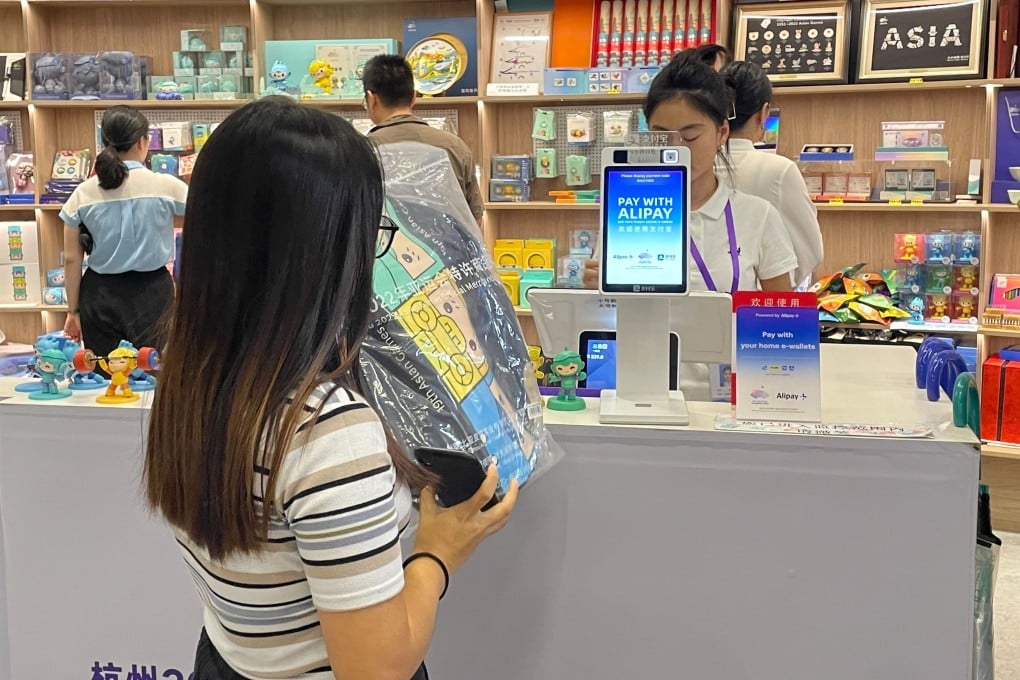Reflections | As China’s society goes cashless, how did ancient Chinese carry their money around?
- Pockets concealed in billowing sleeves were the preserve of the upper class, in which one could secrete coins, name seals, important letters and even medicines
- For people who had to use their hands for labour and wore tighter clothing, items know as dalian and hebao were used to carry cash and personal effects

I recently received a “designer” wallet as a gift. I use the qualifier reluctantly because I fail to identify any element of good design, aesthetic or functional, in an unremarkable wallet with the brand’s logo embossed on every conceivable surface.
It is too small to be of any use to me because I still carry large quantities of banknotes and coins, along with cards, shop receipts that promise future discounts, a postage stamp or two, and a lai see packet containing US$100 for any emergency that may arise.
If you were living in pre-modern China, how did you carry cash and other small, personal objects with you?
For the greater part of Chinese sartorial history, the upper class wore clothing with tapered sleeves – narrow at the armpits and wide at the cuffs. The sleeves’ volume varied across different periods, but in general, the further back in time, the bigger they were.

Sewn within the sleeves were pockets constructed in such a way that things inside would not fall out by accident.

